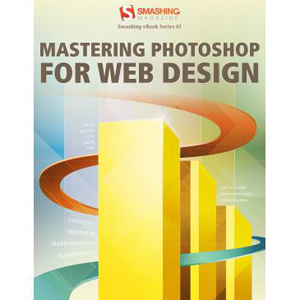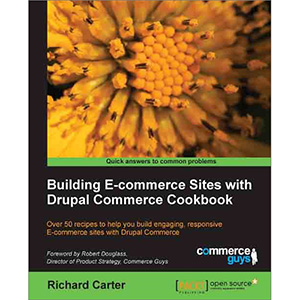Mastering Photoshop For Web Design

Mastering Photoshop for Web Design is the third book in our eBook series, and it’s definitely the best eBook we’ve published so far. It was written from scratch by our regular writer Thomas Giannattasio, exclusively for Smashing Magazine and its readers. We are very proud of the result, in particular because of the high quality of tips, ideas and techniques that Thomas—who is a deep expert in Adobe Photoshop—presents in his book.
All chapters have undergone a careful technical review by well-known designer, illustrator and speaker Elliot Jay Stocks. The book was proofread by our regular proofreader Andrew Lobo, and it has an attractive layout. The PDF can be printed and read on all devices.
The book contains eight chapters:
- Color Management: Colors can appear lighter or darker, more or less saturated, cooler or warmer, or just plain wrong depending on the user’s environment. This can be quite a problem, especially with a client’s brand-specific colors. As Web designers, our responsibility is to ensure that the experiences we craft are as true to the original as possible.
- Paths: While Illustrator’s vector tools are much more powerful, Photoshop’s benefit lies in its ability to blend vector and raster data together seamlessly. Because Photoshop documents are based on a pixel grid, the path tools in Photoshop make them superior to Illustrator for designing on-screen media.
- Layer Styles: Layer Styles are essential to creating flexible and non-degradable documents, because they’re separated from the layer’s actual content. In this chapter, we’ll cover how to create great-looking and reusable styles. We’ll also cover some unique effects and non-typical uses that help to consolidate excess layers.
- Brushes: Mastering the digital brush is by no means easy. It carries the same difficulties as the sable brush hidden at the bottom of your art bin. In fact, the difficulty is multiplied by the disconnect between the hand and monitor. Developing Photoshop brush skill takes time, but it is well worth the effort.
- Typography: While the majority of type on the Web is rendered by HTML, Photoshop is still necessary to handle treatment beyond the grasp of CSS. In this chapter, we’ll explore Photoshop’s type tools and discover ways to maximize the software’s typesetting capabilities.
- Photography: A photograph—especially of the human face—immediately draws the user’s attention and can be used to direct eye flow to important areas of the page. Placing a large photograph above the fold is a common way to provide an entry point to the content. Because photographs are high above other elements in the hierarchy, they need to be handled with care and precision.
- Exporting: Once you’ve polished every last pixel, it’s time to get your work into the browser. This is a pretty straightforward process, but properly optimizing your images is crucial. You need to maintain a balance between clarity and download speed. This requires multiple formats, varying levels of compression and other optimization techniques. In this chapter, we’ll explore the workflow of exporting images via the “Save for Web and Devices” dialog.
- Summary
Book Details
- Paperback: 178 pages
- Publisher: Smashing Media (July, 2010)
- Language: English














